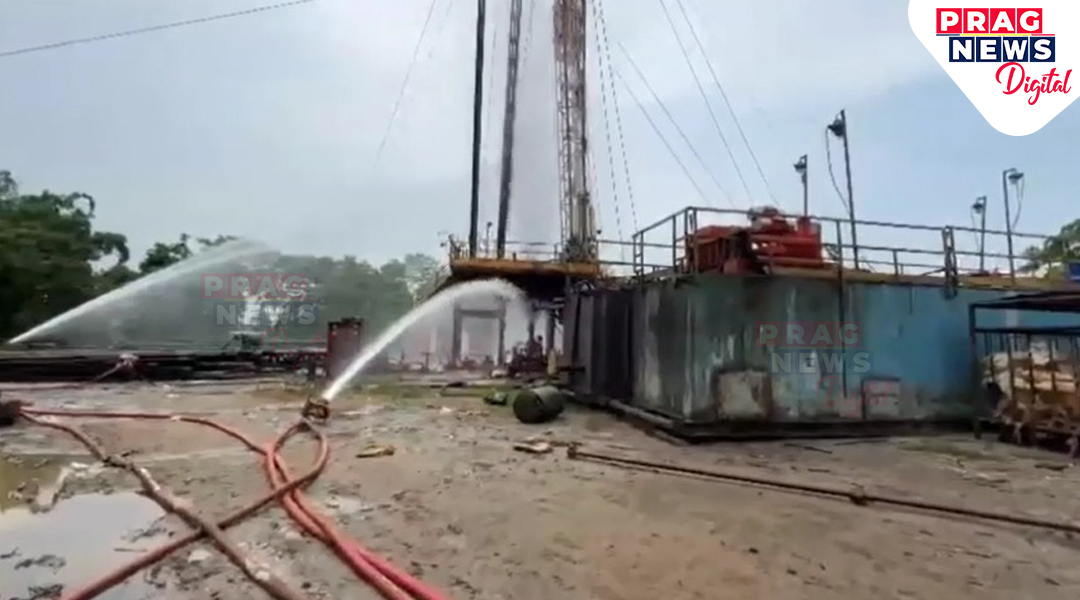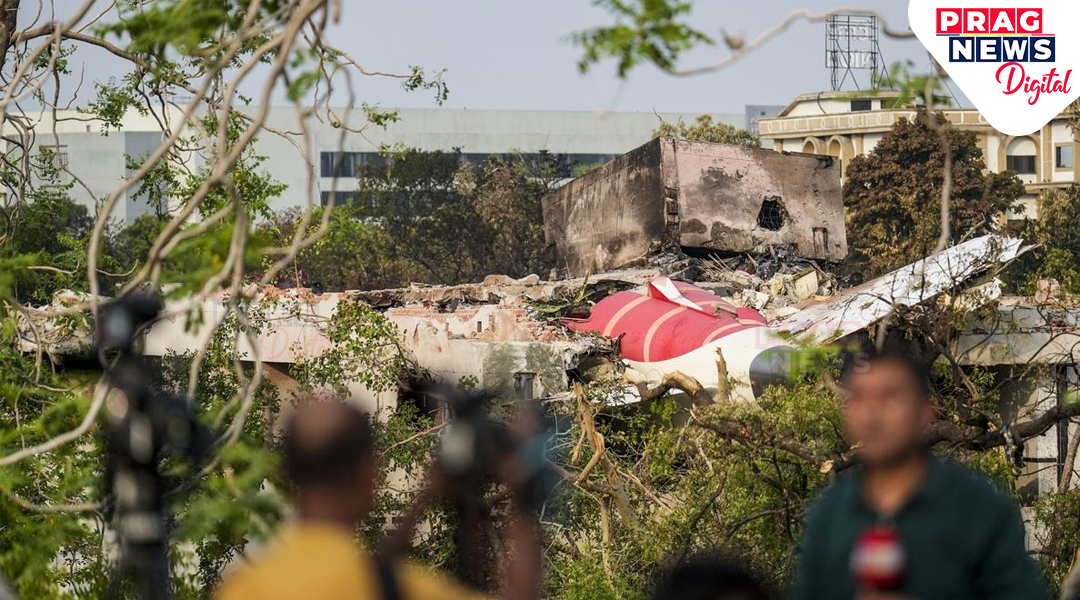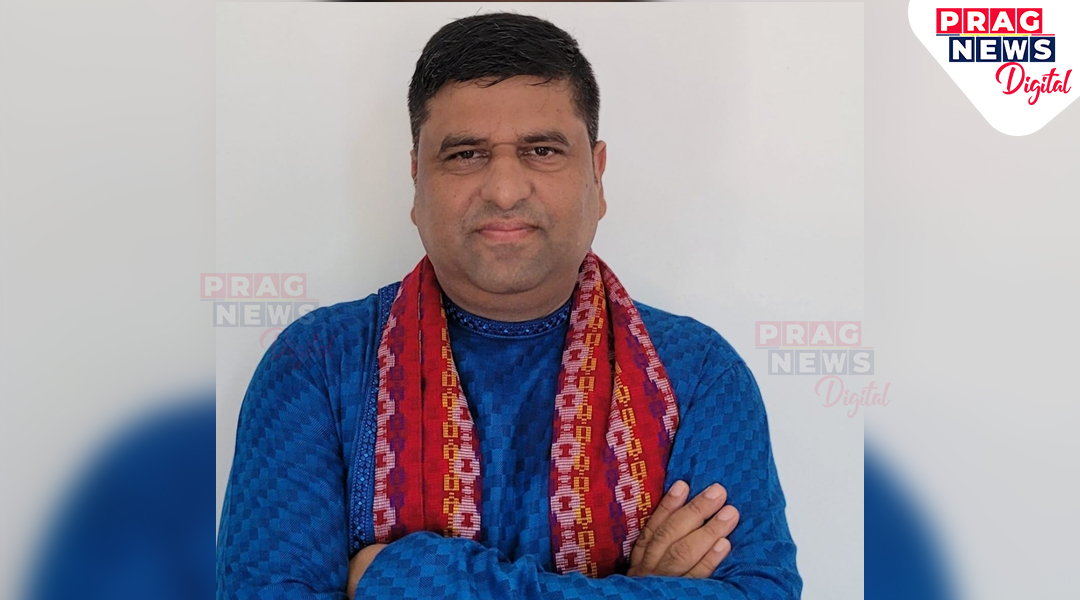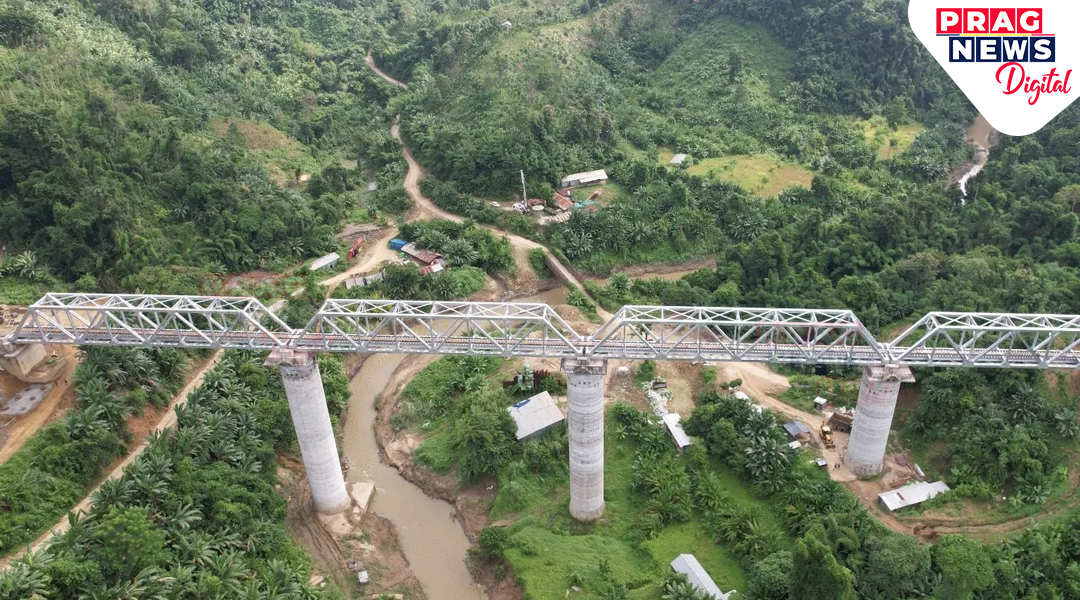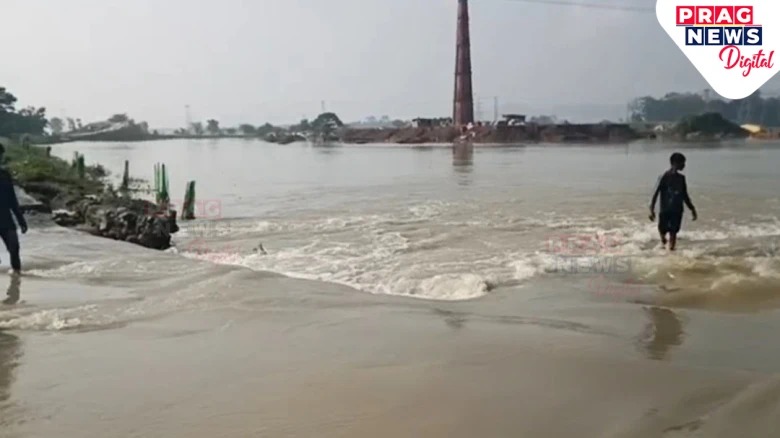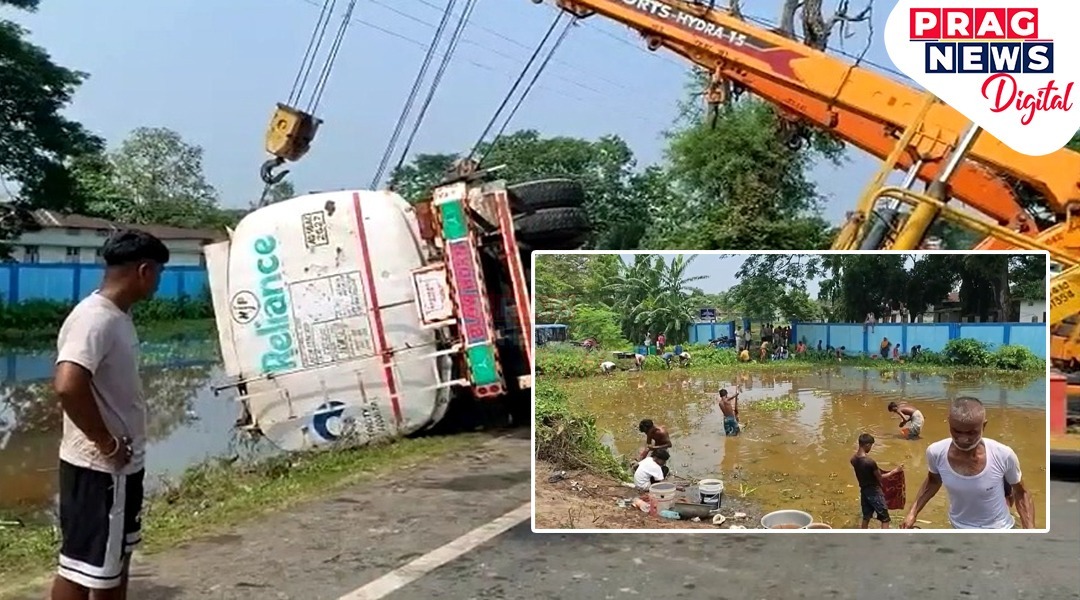Guwahati: It seems like NRC has become a long-drawn process now. Assam has witnessed NRC and its variations of claims over the years. However, an accurate solution concerning NRC reaches nowhere.
For sure, bringing a change within a year is impossible for such a vast population in Assam. Can this be an excuse for the government to keep longing into the talks and fair outcomes under NRC?
Assam has been a land of multi-ethnicity and culture. Assam is described as a land of migration that has brought endless streams of wanderers from various races and cultures over centuries.
The government decided to format the margins under the National Register of Citizens (NRC) register to bring an accurate citizenship record into line. Initially, registering citizens according to NRC started in 2013 with an order of the Supreme Court. The state's nearly 33 million people had to prove that they were Indian nationals before March 24, 1971.
NRC for Indian citizens in Assam was first created in 1951. Later, the first draft for NRC was issued on July 30, 2018, excluding over 40 lakh indigenous people in Assam from the list.
The list included those who lived in India on January 26, 1950, were born in India, had parents born in India, or lived in India for five years before the January 26, 1950 cut-off.
Government issued the final draft for NRC on August 31, 2019. Once again, excluding over 19 lakh people as 'stateless.' Failing to provide reliable data, the government provided 10 months to those missing people in the final draft to prove their citizenship.
Also Read: Confirmed: Pakistan is Helping Laskar-e-Taiba
Two years down, yet there is no sign of government making a precise deliberation out of NRC. Who will be questionable for the plights of those indigenous people who are not under the final draft list due to various factors like missing records, illiteracy, shifts due to natural disasters, and so on?
Assam Accord was signed by the Centre, the state, AASU and AAGSP in the presence of then Prime Minister Rajiv Gandhi on the midnight of August 14, 1985. It stated, among other clauses, that foreigners who came to Assam on or after March 25, 1971, shall be expelled.
However, present information identifies that the final draft issued for NRC is inaccurate. This list contains a blend of 'foreigners as well as 'indigenous people.' The accuracy of NRC seems complicated.
If this indication turns out to be accurate, then can Assamese people consider NRC as valid proof for justifying citizenship? Just like the clause in Assam Accord have turned grey, NRC has now turned out to be a pile of papers stuffed in government offices.
The Assam Accord was to draw out an end to the six-year Assam Agitation for driving out illegal immigrants. Is there any change in the state to consider the fight regarding illegal immigration over centuries now?
NRC was to draw a line between the illegal residents in the state by classifying the categories of 'foreigners and indigenous people' Sadly, NRC turned out to be a curse for the indigenous people.
NRC has not only brought drawbacks for indigenous people by asking for their citizenship proof, but it has also wasted the valuable time and energy of various sectors of the state.
The government has set up NRC Seva Kendras in every district of Assam. These centers assist people in searching for Legacy Data, issuing Legacy Data Code, and releasing NRC Application forms.
For the proper conduct of such activities, government-issued order for employees to conduct camps for verification and much more. In this process, teachers involved in NRC works hardly paid attention to the educational sector.
Also Read: Wetlands into Employment: Inspiring story of a village man
Moreover, government employees handling NRC work as well as their respective departments have suffered. Various important schemes under government offices were delayed or put on halt due to NRC duties.
Two years down, another to go within a month, yet NRC left unresolved. A probably long-drawn and exhaustive claims method that people have to follow to justify citizenship will overcrowd courts with cases. Poor indigenous people will struggle to prove their identity.



